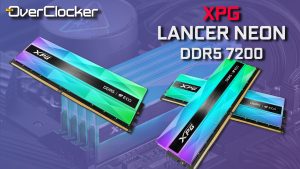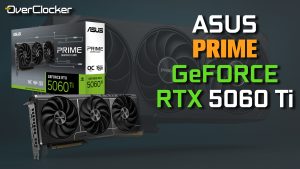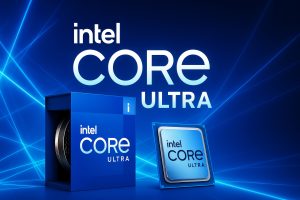ASUS TUF GAMING X570-PLUS Review
Benchmarks
As with all things the test is where the rubber meets the road. Below are seven graphs with over 12 benchmarks. There are no gaming benchmarks, simply because these are far too dependent on the GPU and the GPU driver of the time. This is the last motherboard review that will publish without the use of Benchmate.
Performance Analysis
Initially when I recorded the number on the X570-Plus, it seemed to be near identical in performance to other ASUS boards. However, upon further investigating it came to my attention that the numbers were in a way artificially enhanced, as I had tuned the sub-timings of the DRAM rather aggressively which led to higher performance figures.
When the numbers were re-run it appears that the X570-Plus has some DRAM related performance penalties. It’s difficult to nail down, but both GeekBench3 and AIDA 64 memory bandwidth test seem to support this hypothesis. The STRIX-E and the IMPACT deliver near identical bandwidth figures, but the X570-Plus is falling behind by as much as 1GB/s in memory copy tests and over 1,500 points behind in GeekBench. For DRAM latency however, it manages to beat the STRIX-E, coming only second to the IMPACT.
The rest of the tests see the X570-Plus trading blows with the STRIX-E while in some, it was simply the fastest. CineBench R20 being the standout result, where it was repeatedly faster than the best run I ever recorded with the IMPACT. In Multi-threaded rendering tests, it was only a hair behind the IMPACT, but well ahead of the STRIX-E. Overall I have to say this board with these settings is just as fast as the STRIX-E if not a hair faster sometimes. The lower DRAM results than expected are puzzling, but that may just be down to this particular firmware version, after all we very often see “Improve performance” in the update notes, just as we did with firmware 1405.
















1 thought on “ASUS TUF GAMING X570-PLUS Review”
Comments are closed.